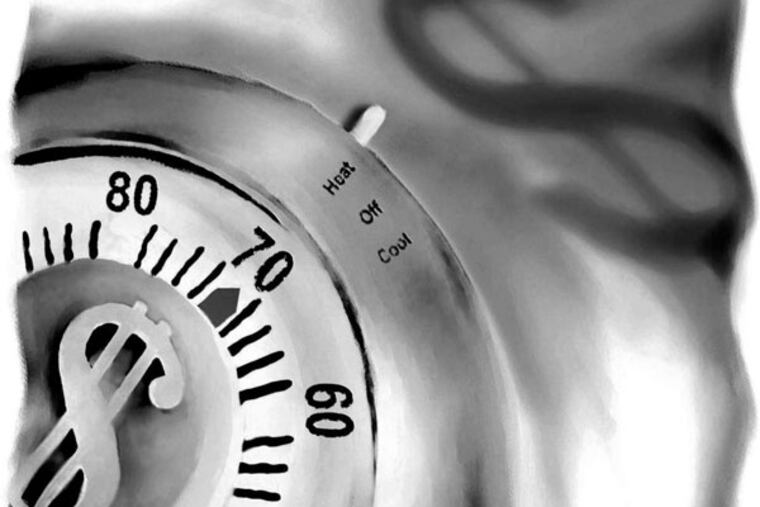Sticker shock for electric customers on variable rate
Hai Pham, a retired electronics engineer in Hatfield, knew the variable electric rate he signed up for last November could fluctuate from month to month.

Hai Pham, a retired electronics engineer in Hatfield, knew the variable electric rate he signed up for last November could fluctuate from month to month.
But a 259 percent increase in one month?
Pham, 60, got walloped last week when he opened his January bill: $664.45. The rate charged by his supplier, American Power & Gas of Pa. L.L.C., of Clearwater, Fla., had gone from 6.3 cents per kilowatt hour in December to 22.63 cents.
He's not the only one suffering from sticker shock.
The Pennsylvania Public Utility Commission received 175 high-bill complaints last week, said spokeswoman Jennifer Kocher. She said the "vast majority" of the complaints were from customers who signed up with third-party electric suppliers for variable rates.
"We're seeing bills jump significantly," she said.
Variable-rate customers are paying the price of wild power markets last month, when the wholesale spot-market price of electricity in the regional power grid tripled over the previous year because of the severely cold weather.
Customers with fixed-rate contracts or those who are supplied by their utilities will see no impact on their rates.
Many smaller third-party suppliers that offer variable rates do no sophisticated hedging or trading to protect their prices, and simply pass the wholesale cost on to their customers.
"How the hell are they allowed to do that?" said Pham.
He may have little recourse.
Customers socked with a big bill can call their supplier and try to persuade them to lower the bill. They can switch suppliers, though the change takes more than one billing cycle to complete. They can complain to the PUC if they believe the supplier violated their agreement.
But American Power & Gas's agreement, on file with the PUC, states that its monthly price reflects the cost of obtaining the electricity "and AP&G's costs, expenses and margins." Essentially, it can set its price where it wants.
AP&G executives in Florida did not respond by deadline to a request for comment.
The PUC on Jan. 31 saw the price shocks coming and warned customers to review their contracts. Many variable-rate plans do not contain price ceilings.
How many retail customers are on variable rates is unknown. About 34 percent of Peco customers and 47.5 percent of PPL Electric Utilities customers have switched to competitive suppliers. New Jersey electric customers also are eligible to sign up with third-party power suppliers.
Pham is a customer of PPL, which, like Peco in Philadelphia, charges all customers connected to its system a delivery charge regardless of who generates the power.
Pham said he believed his variable rate plan might "go up maybe 20 or 30 percent at most." He did not count on the unprecedented market spikes in January, when winter heating demand soared.
The PUC's Kocher said some variable-rate suppliers have notified the agency that they plan to limit price increases to about 15 percent in February and hope to recover their costs in the coming months. They are banking on customers staying with them rather than switching.
AARP is citing the current price shocks as a reason why the Pennsylvania legislature should reject a bill that would divide the remaining three million customers supplied by utilities among competitive suppliers.
Under the legislation, the state would generate $150 in revenue for each customer turned over to a supplier. The customers would get 12-month fixed rates, but AARP is concerned that many would lapse into variable-rate plans and be vulnerable to the kind of price swings convulsing the market.
215-854-2947 @Maykuth